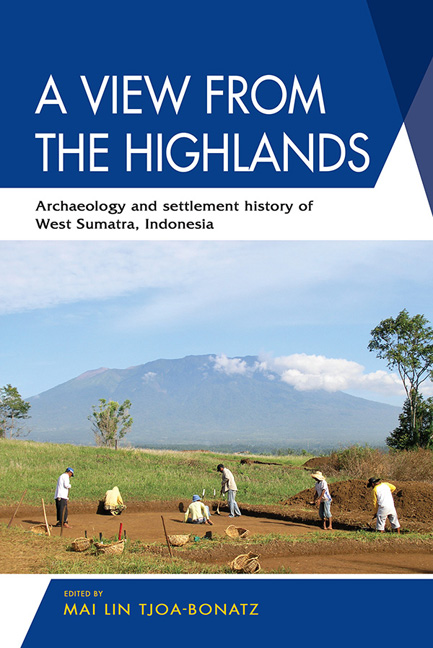Book contents
- Frontmatter
- Contents
- List of Tables
- List of Maps
- List of Figures
- List of Colour Plates
- Abbreviations and Acronyms
- Preface and Acknowledgements
- About the Contributors
- 1 Research History, Methods, and Objectives
- 2 Early Histories: Historiography and Archaeological Surveys
- 3 Excavations
- 4 Material Culture Studies
- 5 Conclusion
- Bibliography
- Index
- Plate section
5 - Conclusion
Published online by Cambridge University Press: 24 January 2020
- Frontmatter
- Contents
- List of Tables
- List of Maps
- List of Figures
- List of Colour Plates
- Abbreviations and Acronyms
- Preface and Acknowledgements
- About the Contributors
- 1 Research History, Methods, and Objectives
- 2 Early Histories: Historiography and Archaeological Surveys
- 3 Excavations
- 4 Material Culture Studies
- 5 Conclusion
- Bibliography
- Index
- Plate section
Summary
Despite modern disturbances to the topsoil from agricultural ploughing and the shallow depth of the cultural layers, the archaeological investigation provides solid evidence of continuous settlement activity since prehistory in the fertile highland plain of Tanah Datar in West Sumatra. The newly discovered open site at Tanah Lua, which dates to around BCE 1400–900, indicates a phase of early sendentarization. The absence of domestic architecture as well as the finds of pottery and stone tools indicate that the area, which is on high ground near the water source of Papahat, was temporarily settled by a transient community of foragers.
Not far from this water source stand the twin-mounds of Bukit Gombak and Bukit Kincir, where occupation layers from the fourteenth through the seventeenth centuries have been attested. The residential areas were documented by aerial photography, geomagnetic documentation, and excavations. These areas covered the hilltops and lacked fortifications, but were clearly divided between the residential area uphill and the agricultural land scattered downhill in the plain. This valley was the agricultural core of the region.
On Bukit Gombak and Bukit Kincir, evidence of human activity is demonstrated by occupation debris such as ceramics, glass and metal objects, stone tools, iron slag, charcoal chunks, or anthropogenicallymodified soils such as compacted soils, vitrified concretions, burnt clay, or postholes. These remains are most concentrated on the northern slope and central plateau, based on ceramic recovery per square metre and geomagnetic surveys. The hand-made earthenware using the paddleand-anvil technique was high fired and generally sparsely decorated. It mainly consisted of restricted vessels and less frequent unrestricted vessels that were used for daily consumption. Among the earthenware there is a clear dominance of storing and cooking containers. Metal finds were made of copper alloy or iron and included jewellery, tools, weapons, containers, coins, and a gold weight. In spite of the availability of metal a large variety of stone tools were still used in the settlement, a trait that seems characteristic of this highland region. The stone tools consisted of knapped or naturally crushed grindstones and of flaked lithics that were mainly made of obsidian. These finds reflect both residential and potentially industrial activities. The residential area included small-scale craft production such as metal-working. The small settlement site on the plateau of Bukit Kincir, contemporaneous with Bukit Gombak, was an iron-working site that used various tools made of stone or clay.
- Type
- Chapter
- Information
- A View from the HighlandsArchaeology and Settlement History of West Sumatra, Indonesia, pp. 203 - 211Publisher: ISEAS–Yusof Ishak InstitutePrint publication year: 2019



